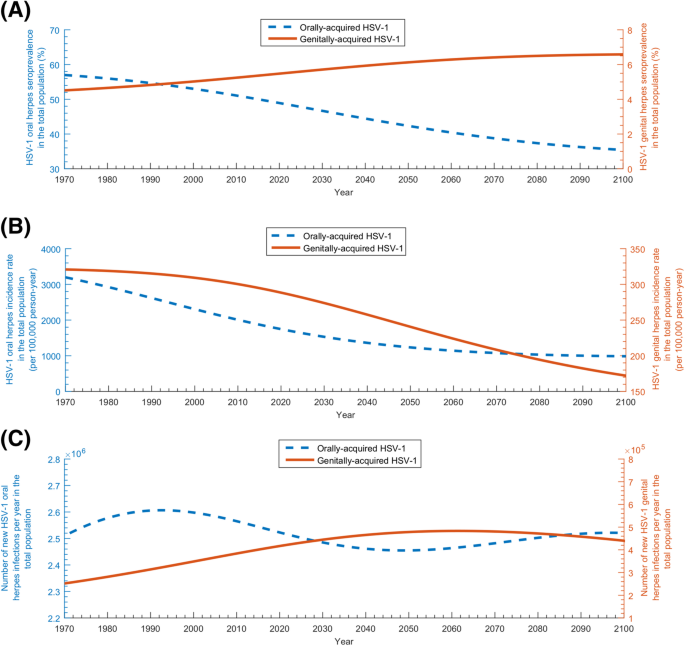
Inside Essential Criteria For Healthcare
Survey participants reported their perceived physical activity level compared with other people their age. Actual physical activity — self-reporting, accelerometer data — was also reported. In addition, sociodemographic, health and health behavior variables were reported. Although public health initiatives focus on increasing physical activity, the perception of physical activity is often overlooked as a factor affecting an individual’s health outcomes. Interestingly, social comparison plays an important role in how someone perceives their health.
One class of factors, such as national and local policy definition and implementation, can influence a multitude of health issues within and beyond the health sector. The improvement of population health status implies that policies and interventions outside the health sector should be addressed at the same time as conventional biomedical and public health approaches. Policies focused on improving the quality of health services available to children in the United States are equally important. Because there is an extensive literature on the importance of appropriate health care treatments to improve health in the face of disease, we do not review that here, but underscore the importance of access to care based on the information that health can be enhanced through health care. The health of children in the United States is affected by laws, rules, visit website and regulations developed at the national, state, and local levels.
There has been emphasis on providing a continuum of effective health services delivery. Most recently, there was formulation of the National Strategic Health Development Plan 2010–2015.
Straightforward Plans For Health News In The Usa
According to a study recently published in Health Psychology, how people perceive their physical activity levels compared with those of other individuals significantly predicts mortality risk. improve the health sector and the well-being of Nigerians, there would be a need for scale-up, strengthening the health systems including improved health sector financing, and strengthening the primary health care system. The reformation embarked has attempted to revamp the basic infrastructure and framework of the country’s health care system.
Some people perceive themselves as healthy despite suffering from one or more chronic diseases, while others perceive themselves as ill when no objective evidence of disease can be found. Preventing tobacco use and helping people who use tobacco quit can improve the health and quality of life for Americans of all ages. People who stop smoking greatly reduce their risk of disease and premature death. Benefits are greater for people who stop at earlier ages, but quitting tobacco use is beneficial at any age.
- While attitudinal, motivational, cognitive, and emotional factors may all exert direct effects on health-related behaviors, the role of environmental factors in these behaviors should not be underestimated.
- Community influences can originate in neighborhoods, schools, or other organizations and can operate through children’s peer groups, the adults with whom children come into contact, or the larger set of social and cultural practices in neighborhoods.
- To that effect, a recent review provided added evidence for an effect of racism on health, including the documentation of racism as well as the mechanisms by which it operates.
- Housing conditions can contribute to the incidence of asthma, injuries, and lead poisoning .
- Family and other environmental factors can be sources of either risk or resilience for the developing child, and it is crucial to understand that the child’s response to a specific stressor is influenced by a confluence of other influences.
These organizations have played a significant role in the development and progression toward universal health coverage. Lastly, there are health system strategies and action frameworks in place towards the attainment of MDGs in Nigeria. presents eight classes of factors that can have a significant influence on health and well-being.
This plan will serve as the overarching guidelines for all stakeholders to ensure transparency and reciprocal accountability in the healthcare delivery sector. The achievements so far cannot be without the significant input of international health and donor agencies such as WHO, UNICEF, World Bank, USAID, DFID/UKaid, Bill and Melinda Gates Foundation, NURHI, just to mention but a few.
If you are striving to improve these, you need to think about habits, because if you change your habits for the better, you change your life for the better . Wellness is a holistic integration of physical, mental, and spiritual well-being, fueling the body, engaging the mind, and nurturing the spirit . Although it always includes striving for health, it’s more about living life fully , and is “a lifestyle and a personalized approach to living life in a way that… allows you to become the best kind of person that your potentials, circumstances, and fate will allow” .
With about 40% of our everyday behavior repeated in the form of habits, they shape our very existence, and ultimately, our future . For better or worse, habits very much influence health, well-being, and quality of life.
These governmental actions determine the availability of publicly supported services and often regulate the provision of privately administered services. In contrast, the medical literature is replete with reports of the effectiveness of specific biomedical interventions that influence the course of particular diseases. John Bunker has gone further and estimated that health services in general account for about half of improvements in health in the most recent half-century . While his monograph demonstrates the important role of health services, it reinforces the simultaneous importance of other influences.